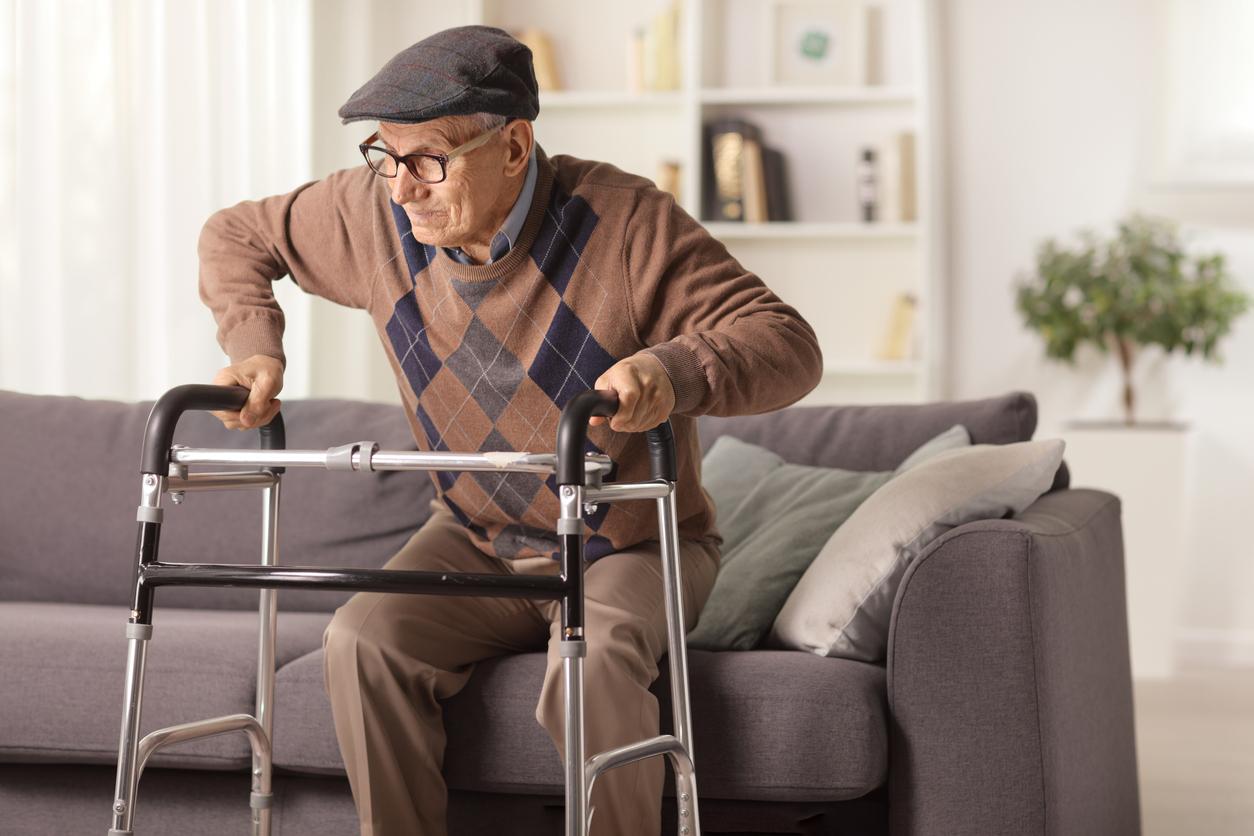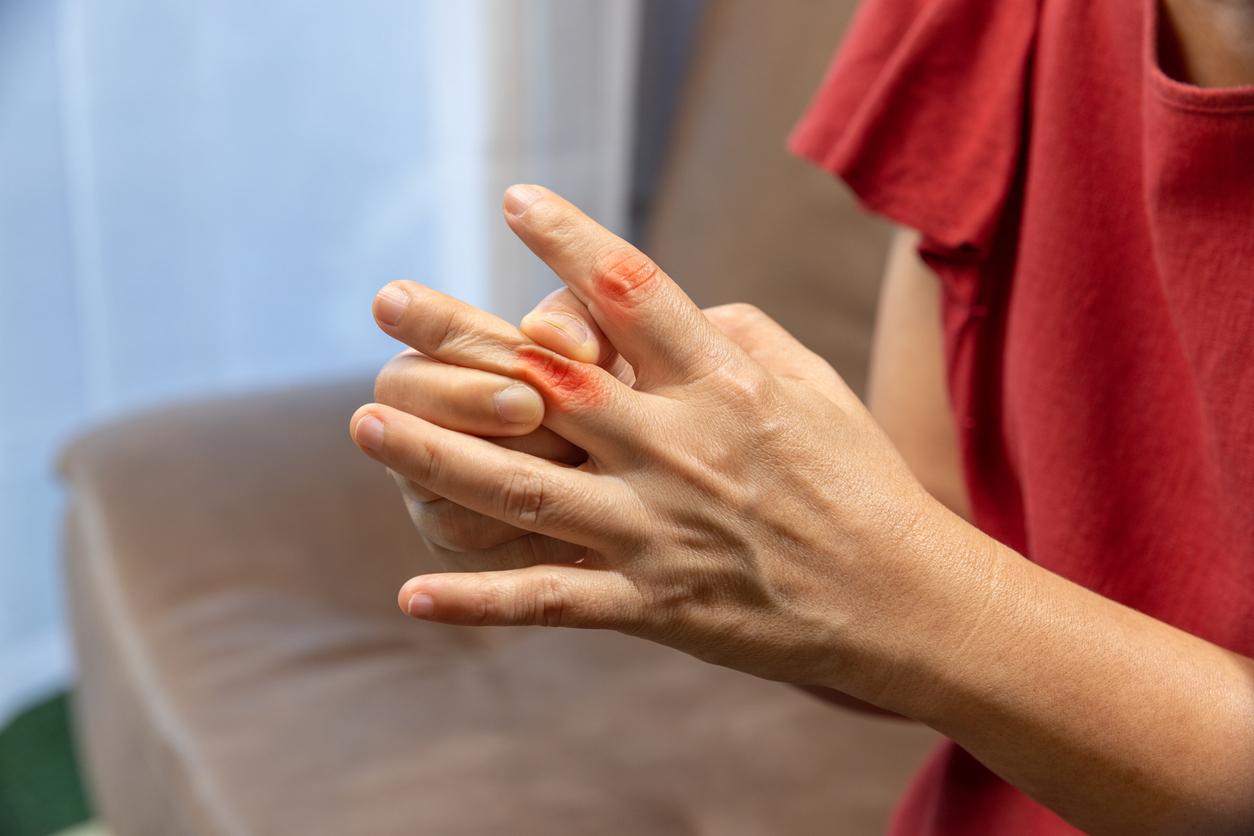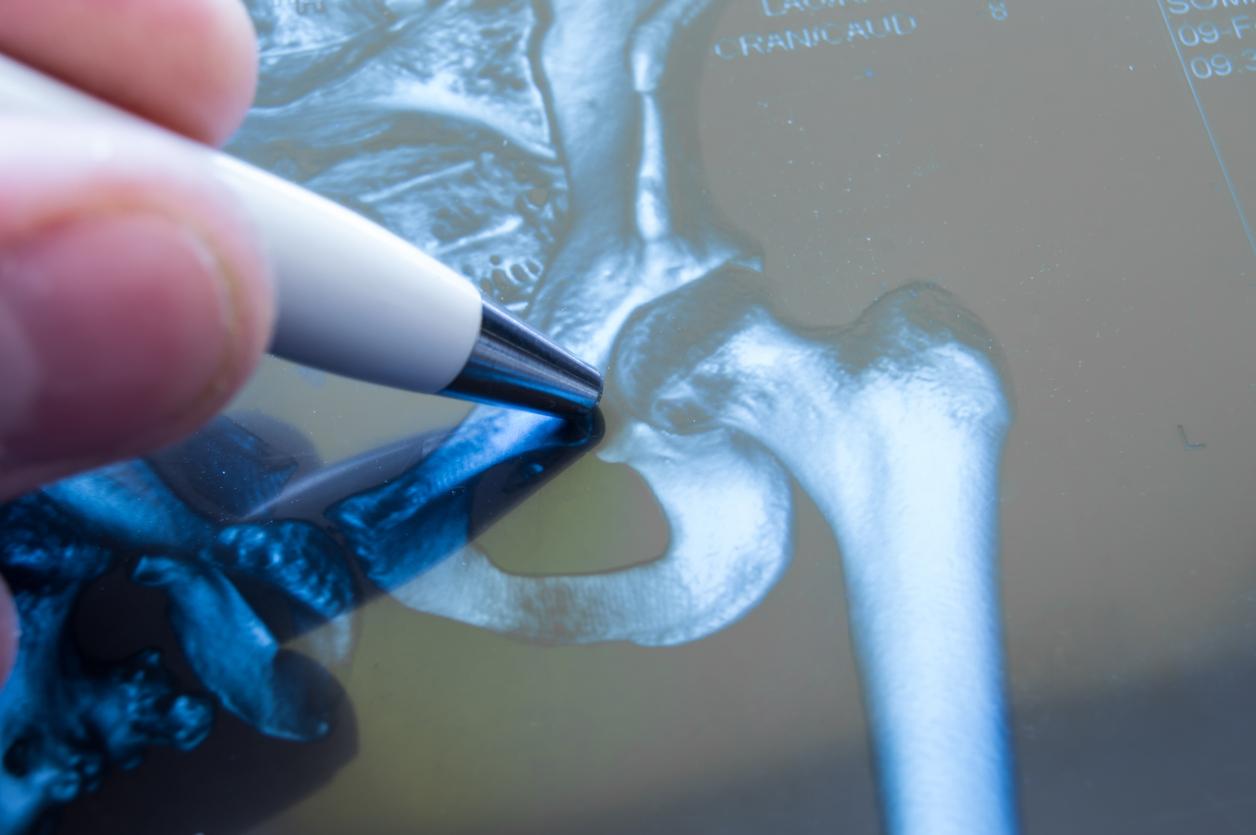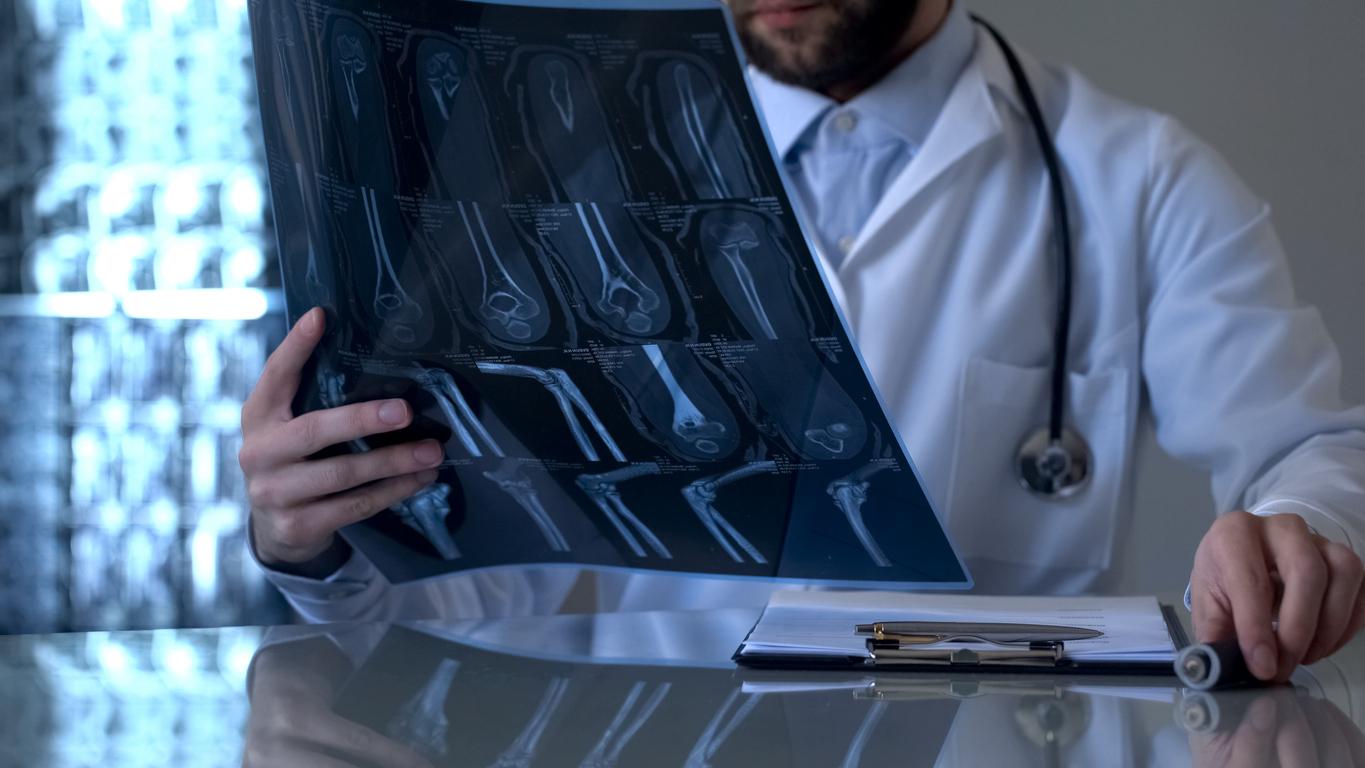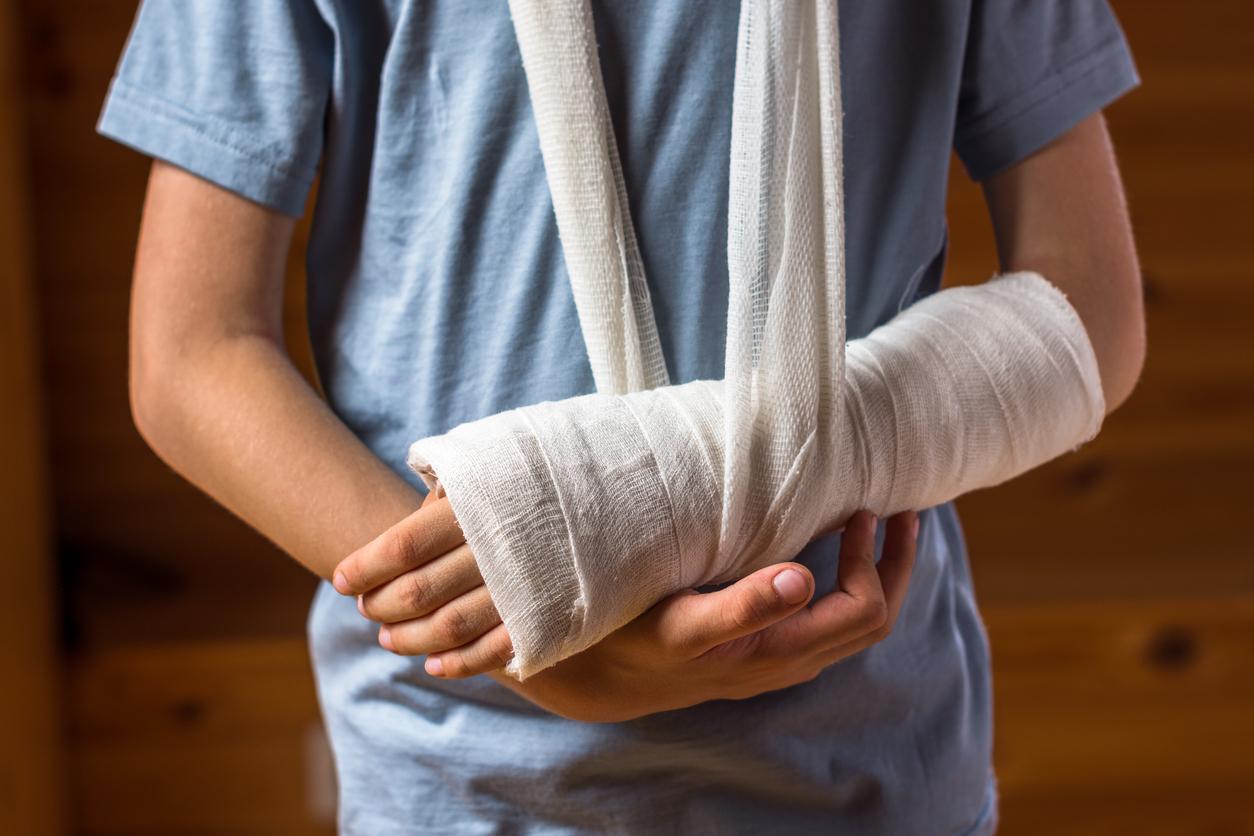
From now on, people over fifty with a bone fracture will be checked for brittle bones as standard. This makes it clear whether someone has osteoporosis and is therefore at risk of a new bone fracture. Doctors have made new agreements about this with the National Health Care Institute.
A broken ankle after a fall or a broken collarbone in a bicycle accident – it’s painful and annoying, but there can be more to it. One in three over-50s who come to the emergency department with their first bone fracture is caused by osteoporosis. In practice, this is often not discovered, according to a report of the National Health Care Institute.
In osteoporosis, the bones are less strong and vertebral collapse can occur. There is an increased risk of another bone fracture. Only one in four people over the age of 50 receive a dexa scan for bone density after a bone fracture. According to the experts, that share should increase. Physicians’ associations, the osteoporosis patients’ association and the National Health Care Institute have therefore made an agreement: from now on, doctors will carry out a standard check for osteoporosis in every over-50 with a broken bone in the emergency department.
Treatment also falls short
Not only can the diagnosis of osteoporosis be improved, that also applies to the treatment, according to the report. Sometimes medicines are needed, such as bisphosphonates, vitamin D or calcium, but in practice they are prescribed too little or not taken. Also healthy habits like exercise, being outside and eating healthy help to strengthen the bones. Fall training can prevent new misery. That too could be done better, according to the report. Finally, people who take glucocorticosteroids (such as prednisone) are particularly at risk of bone fractures. They should receive standard protective drugs, the experts say.








